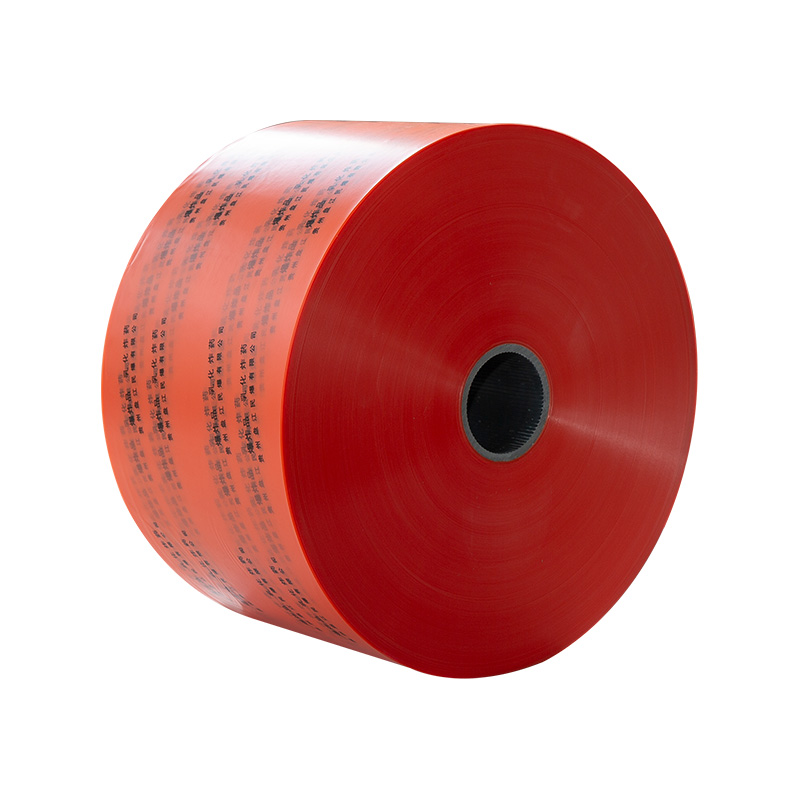Strong cross films are engineered to provide enhanced barrier properties compared to traditional films, making them suitable for a variety of demanding applications. Here are some key ways in which strong cross films improve barrier performance:
Increased Thickness and Density
Improved Barrier Layer: Strong cross films often have a thicker and denser structure than traditional films, which helps to create a more robust barrier against gases, moisture, and contaminants. This added thickness can significantly reduce permeation rates.
Cross-Linked Polymer Structure
Tightly Bound Network: The cross-linking of polymer chains in strong cross films creates a network that is less permeable to gases and liquids. This interconnected structure reduces the free volume within the film, making it harder for molecules to pass through.
Enhanced Mechanical Strength: The cross-linking also contributes to improved mechanical strength, which can further enhance the film's barrier properties by preventing physical damage that might otherwise compromise the barrier.
Lower Permeability
Reduced Gas and Moisture Transmission: Strong cross films typically exhibit lower permeability to gases like oxygen and carbon dioxide, as well as to water vapor. This is particularly beneficial for packaging applications, where maintaining product freshness is essential.
Chemical Resistance
Resistance to Solvents and Chemicals: These films are often formulated to resist various chemicals and solvents, making them ideal for applications that require exposure to aggressive substances. Traditional films may degrade or become permeable when in contact with certain chemicals, but strong cross films maintain their barrier integrity.

Improved Thermal Stability
Performance in High-Temperature Environments: Strong cross films can often withstand higher temperatures without losing their barrier properties. This thermal stability is crucial for applications where heat exposure is a factor, such as in cooking or industrial processes.
Tailored Additives
Functional Additives: The incorporation of specific additives in strong cross films can further enhance barrier properties. For instance, nano-fillers can improve barrier performance against gases, while UV stabilizers can protect against degradation from light exposure.
Flexibility and Conformability
Adaptability to Shapes: Strong cross films are often designed to be flexible, allowing them to conform to various shapes and surfaces. This feature can improve the barrier performance in applications where the film needs to wrap tightly around a product, reducing the potential for gaps where permeation could occur.
Multilayer Construction
Combination of Materials: Strong cross films can be engineered as multilayer structures, combining different materials to take advantage of their unique barrier properties. This can create a synergistic effect, where the overall barrier performance is superior to that of any individual layer.



 English
English 中文简体
中文简体














